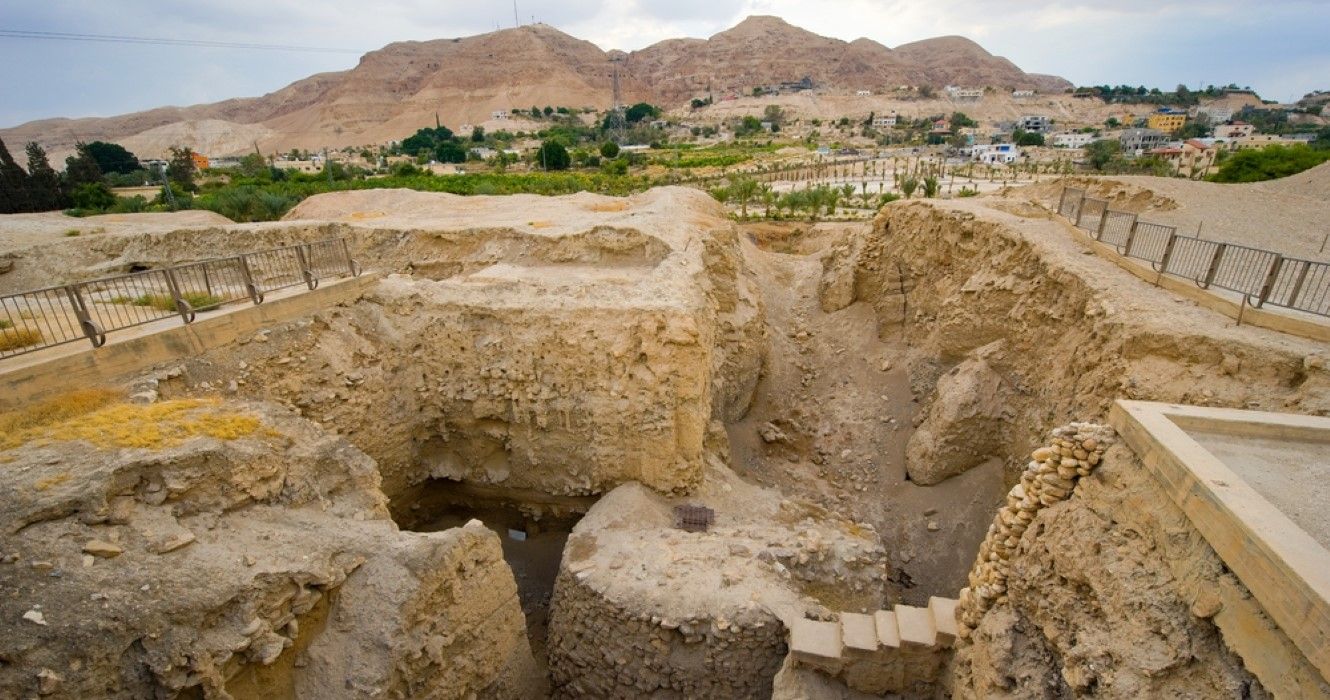Even though fortification has become obsolete in modern times, it used to be a crucial defensive method throughout medieval eras. There are several historical-walled cities all over the world whose construction dates back a couple of centuries ago. Walls were commonly embraced in ancient Greek, Mesopotamia, and China.
Since the 12th century, European Kingdoms invested in secure walls that featured guard towers, bars, and powerful gates to prevent invasion by enemies. The architectural approach of building the wall was very critical in defending the cities. Some were constructed on hills, making it easy to detect and prepare for invasions, while others overlooked oceans and seas to protect towns from pirates and ship invasions. However, some walls were built for cultural expression and ceremonial acts.
While most of these walled cities have crumbled, those that remain protect residents and provide them with a rich history. Better yet, some ancient fortifications serve as popular tourist attractions and historical monuments. Here are the three oldest walled cities everyone should know.
City Of Uruk
Uruk was one of the most iconic cities in Ancient Mesopotamia. The city was located in southern Sumer (present-day Warka, Iraq). For many years, Southern Mesopotamia was occupied by hunters, farmers, and fishermen, leading to the creation of an enormous settlement in Uruk. The city featured monumental mud-brick structures decorated using painted clay cones.
King Gilgamesh is believed to have built the monumental wall to guard Uruk, which had emerged as a major force of state formation and urbanization. Archeological evidence shows Uruk’s rise to prominence through the emergence of the earliest writing, which was in the form of pictograms imprinted on clay tablets.
Additionally, the discovery of luxury goods from abroad proves that the city had established trade relations with the rest of the world. Meanwhile, the Mesopotamia culture began to fall, but Uruk continued to expand. Even though the city lost its pre-eminence position, it was crucial for the development of the urbanization process.
Ancient Jericho
Located on the West Bank, Palestine, Jericho is among the earliest continuous settlements dating from around 9,000 BC. Archeologists have provided evidence of permanent residence, which was critical to the civilization process. In 12,000 BC., a group of Natufians settled in this area before it became the city of Jericho, concentrating mainly on agriculture and hunting.
At around 9,400 BC., more than 70 houses had already been established with approximately 1,000 inhabitants. Archeological evidence shows that the site, which had grown to approximately 40,000 square meters, was surrounded by a wall 11.8 feet high and 5.9 feet wide. Inside the wall was a stone tower with 22 steps internal staircase.
At around 7,000 BC., houses made of adobe were replaced with rectangular ones featuring stone foundations. As the population increased, the town became bigger, making urban planning and architectural designs more complex. As a result, a certain population needed to abandon agriculture and concentrate on other things, such as the expansion of food storage facilities, priesthood, trading, and art. The city grew wealthy and attracted the greed of nomadic groups, forcing residents to build a protective wall featuring one of the largest stone towers mainly used for ceremonial purposes.
Solnitsata
Archeological excavations in southern Bulgaria show that Solnitsata was one of the earliest towns to be discovered in Europe. Apart from being the uncommon site for the copper age, the Solnitsata is linked to mining, trade, and wealth in the ancient world. The city was surrounded by a 10 feet tall stone wall with a thickness of up to six inches.
Burials surrounding the city had some ancient known gold hordes, implying that Solnitsata was dominated by great wealth. These discoveries suggest the occurrence of social inequality and the development of societal hierarchy. Archeological discoveries show that walls were not built to protect copper but for large-scale mining and production of salt.
In the ancient world, salt was one of the most important resources and rare to come by. Apart from being easily portable, it was used for food preservation as well as a major currency in the western hemisphere. Large kilns found within the settlement’s protective walls are said to have been utilized as water boilers.
Early kilns excavated from the site, built around 4500 BC, show a significant expansion of salt production, estimated to be 4,000-5,000kg as compared to 5,500 BC., which was 25kg. On the other hand, pottery remains at Solnitsata, dating back to 4,700 to 4,200 B.C., way before Greek civilization, helps qualify the city as one of the oldest in Europe. The age of the site, prehistoric population, agricultural status, and ideological center are also significant factors in determining the economic status of ancient Solnitsata.
Every city around the globe has a unique story that encompasses its establishment. Tales of the ancient towns are engulfed with breathtaking cultural heritage, which attracts tourists from all walks of life. They had extraordinary architectural structures, beautiful art, and intriguing history, some of which had been preserved to date. Even though many of these cities no longer exist, they played a vital role in the evolution of human civilization.

